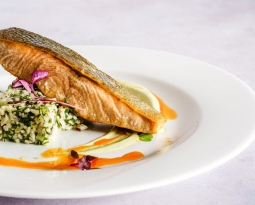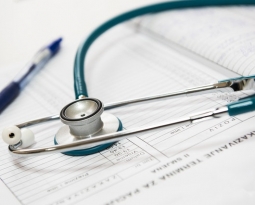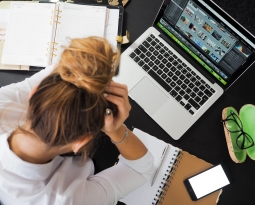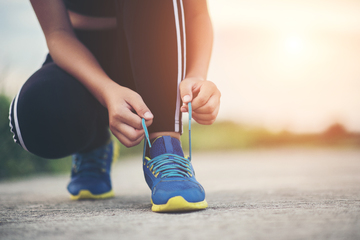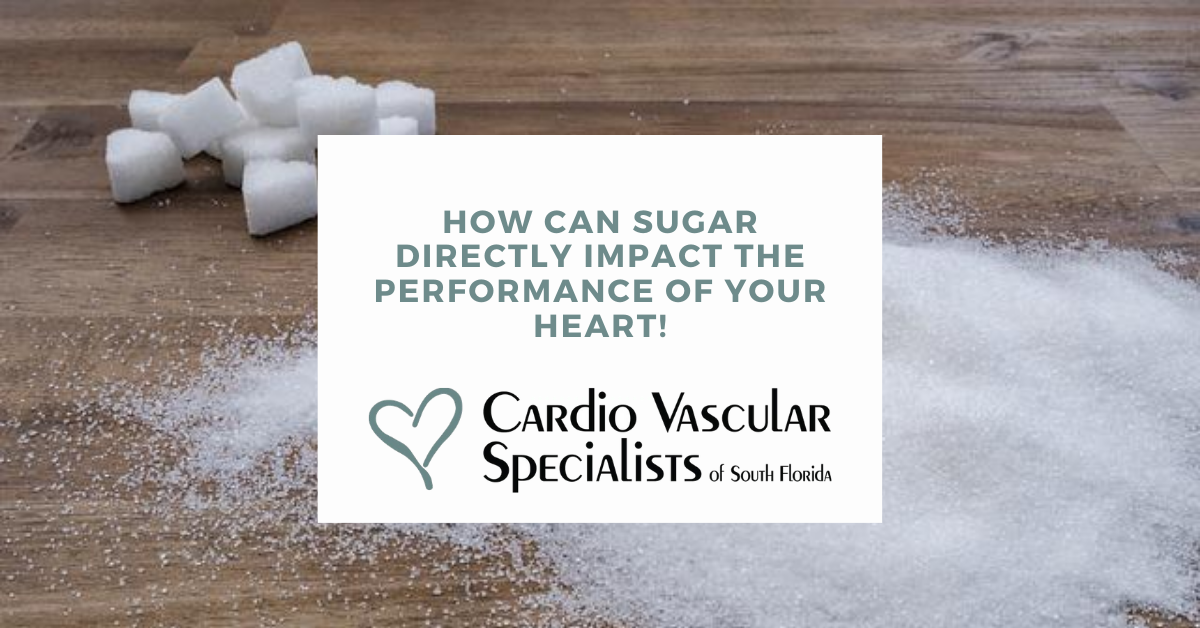Myths and Truths about Varicose Veins
If you have been suffering from pain in your legs and feet particularly and have been seeing many bluish-purple veins jutting out and showing from inside your skin, your doctor will tell you by merely looking at it that you have a condition called varicose veins.
How do they form?
Varicose veins are caused because of faulty or weakened vein valves. The circulatory system in the body consists of two parallel supply lines; the arteries and the veins. The arteries carry the blood and supply it to all the parts of the body. On the other hand, the veins are responsible for recirculating the blood back to the heart from the various parts of the body.
The veins have tiny valves that open and shut when the blood comes in and goes out. When these valves become faulty or when the vein walls get weakened due to a plethora of causes, the blood does not entirely get drained out. The remaining blood then pools up in the vein and causes the redness around the skin.
Get your facts, right:
Reading up on the condition is a good idea if you think you have them. However, reading about it from the right source makes all the difference. There are many facts on the internet, but at the same time, there is an equal number of myths floating around. If you or someone that you know has or suspects that they have varicose veins, here is a list of all the myths busted around it.
The 10 myths on varicose veins that you thought were facts about them:
1. They affect the patient, only cosmetically:
Contrary to the popular belief that varicose veins are only skin deep and do not cause any discomfort, an established medical body of work makes it very clear that
- Varicose veins can be an excruciating condition
- They can cause severe swelling in the lower part of the body
- There can be discoloration of the body parts
- There can be the formation of blood clots that are called micro-thrombi medically
- Varicose affected veins can also bleed from mildly to profusely
There are also cosmetic aspects to the condition where there are jutting out veins on the feet and the legs that may make people suffering from it highly conscious of wearing clothing that exposes those parts of the body.
2. Women are more susceptible to getting varicose veins:
One in every three adults is diagnosed with varicose veins. That being said, there are more cases of women getting it, but there are also men who get it, albeit in smaller numbers.
3. The condition comes in with age alone:
No correlation is found between aging and contracting varicose veins. Aging can indeed increase the risk because wear and tear of the vein, and its valves can increase the risk of developing this condition proportionately. There are a lot of young people, and by that, we mean adults who are also developing varicose veins for various other reasons.
4. There is no course of treatment for varicose veins:
There are a lot of treatment courses available for varicose veins.
- Making small lifestyle changes
- Going under the knife surgeries
- Non-invasive surgical options such as interventional therapies that use steroids
Also, there is no right time to begin treatment for the condition. The person may begin as soon as he finds the first symptoms, or he could start even when the condition is full bloom.
Here is a list of things that people with varicose veins can do to alleviate their suffering:
- Elevate feet to the level of the heart for half an hour, at least four times in a day to decrease the pressure on the veins;
- If weight is what is bogging you down, then knocking off some pounds will do the trick. Losing a little weight can reduce the pressure from the legs as well as improve your health overall.
- Consider exercising every day, even if for a couple of minutes. Physical activity is a must to make sure that the circulatory system stays hauled well.
5. You can get over varicose veins only with a surgery:
That is a resounding no! Today there are as many non-invasive methods to treat varicose veins that were not there previously. Surgery could be opted for if the case demands, but doctors will usually advise exhausting all the other non-invasive procedures before coming to surgeries.
Here is a list of all the minimally invasive techniques that can be used to treat the condition:
In this, a scarring chemical is mixed along with air and then injected into the affected veins. What it does is that it closes off the weak vein and redirects the blood away from it to the good veins.
- Endovenous Ablation
The technique uses heat and destroys affected veins from inside, redirecting the blood towards healthier veins.
- Microphlebectomy
In this particular method, very small incisions are made into the skin to remove all the affected veins jutting out on the skin.
6. Treating varicose veins is very painful:
If the surgical treatment route opts, then yes, recovery may take longer, and pain from slight discomfort to bearable may be experienced. But the non-invasive treatment techniques are not painful at all, and they heal beautifully well in the minimum time frame.
7. Varicose veins must be treated only for cosmetic reasons:
Your skin after the varicose vein treatment is going to look superb. At the same time, you will also get rid of all the annoying and pesky symptoms associated with the condition like the
- Discomfort while sitting and standing for too long in one place
- The heaviness in the legs
- The swellings and
- The bruising and bleeding
8. The condition will continue to haunt you even after the treatment:
There is a 90 percent chance of you fully recovering from the varicose veins and not have it re-cur in your lifetime. However, there is also a 10 percent chance that you may have a recurrence of the condition if you go for the surgery mode. The non-invasive methods are a more foolproof way of not having to deal with them again ever.
9. There is no insurance cover for treating varicose veins:
This is most factually incorrect because insurance cover can be sought for varicose veins if the patient is experiencing discomfort, has pain, swelling in the leg or foot, or is bleeding. The insurance terms may depend on the plan that you have opted for.
A varicose vein is hereditary. So if you know that someone in your family had a history of the condition, it is most likely that you may have a genetic predisposition to it. Seek a health insurance product that will cover varicose veins in the plan.
10. Women need to be over with childbearing before opting for its treatment:
There are no problems even if you will have your condition treated between the births of your children. The time when you have delivered and not yet conceived again is an excellent time to go for it.
Bottom line:
With all the myths shattered, you may want to know the best course of treatment for you or someone you care for. Cardio exercises are thought to be extremely beneficial if you are thinking of fighting it out non-surgically. Talk to our experts today to find out. Book an appointment by clicking on this link.




